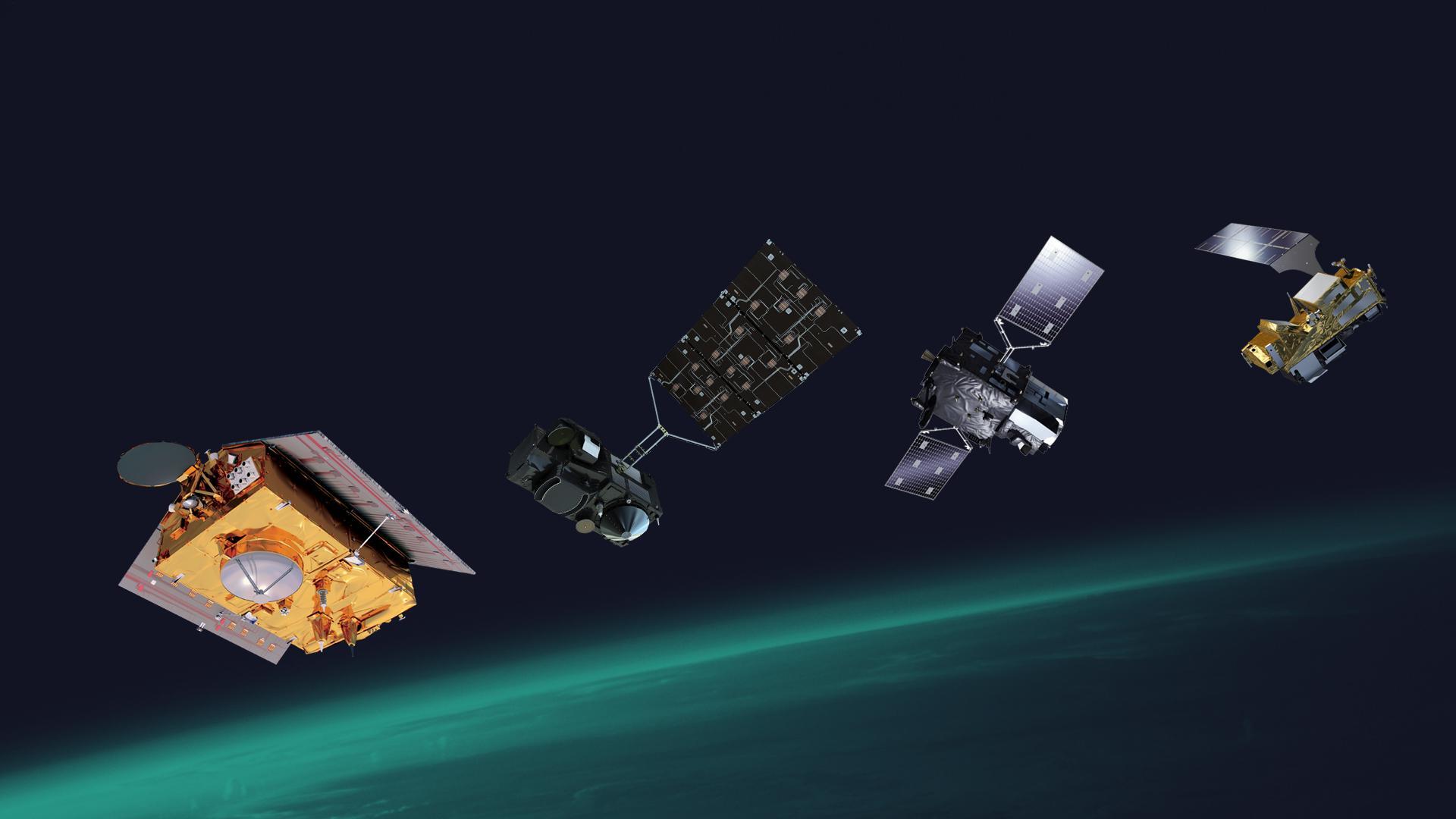
Sentinel Data is a treasure trove of information from the European Space Agency's Copernicus program, offering a wealth of insights about our planet. But what makes this data so special? Sentinel Data provides high-resolution images and detailed environmental information, helping scientists, researchers, and even everyday people understand Earth better. From monitoring climate change to tracking natural disasters, this data is invaluable. Imagine being able to see changes in forests, oceans, and cities over time. Sentinel Data makes it possible. Ready to dive into some cool facts about this amazing resource? Let's get started!
What is Sentinel Data?
Sentinel data comes from the Sentinel satellites, part of the European Space Agency's Copernicus program. These satellites provide crucial information about Earth's land, oceans, and atmosphere.
-
Sentinel satellites are part of the Copernicus program, which aims to monitor the environment and support civil security.
-
The data collected helps in disaster management, climate change monitoring, and urban planning.
Types of Sentinel Satellites
Different Sentinel satellites serve various purposes. Each type focuses on specific aspects of Earth's environment.
-
Sentinel-1 uses radar imaging to monitor land and sea, even through clouds and darkness.
-
Sentinel-2 captures high-resolution images of land surfaces, useful for agriculture and forestry.
-
Sentinel-3 measures sea surface height, temperature, and color, aiding oceanography.
-
Sentinel-5P monitors air quality by measuring trace gases in the atmosphere.
Applications of Sentinel Data
Sentinel data has a wide range of applications, benefiting numerous fields and industries.
-
Farmers use Sentinel-2 data to monitor crop health and optimize irrigation.
-
Urban planners rely on Sentinel-1 data to track land subsidence and infrastructure stability.
-
Environmentalists use Sentinel-3 data to study marine ecosystems and track pollution.
-
Meteorologists use Sentinel-5P data to forecast air quality and track pollution sources.
Accessibility of Sentinel Data
One of the best things about Sentinel data is its accessibility. Anyone can access and use this data for various purposes.
-
Sentinel data is freely available to the public, promoting transparency and innovation.
-
Researchers and developers can access Sentinel data through the Copernicus Open Access Hub.
-
The data is available in various formats, making it easy to integrate into different applications and systems.
Benefits of Using Sentinel Data
Using Sentinel data offers numerous benefits, from improving decision-making to enhancing scientific research.
-
Sentinel data helps improve disaster response by providing real-time information on affected areas.
-
It supports climate change research by offering long-term data on environmental changes.
-
The data aids in biodiversity conservation by monitoring habitats and tracking species distribution.
-
Sentinel data enhances urban planning by providing detailed information on land use and infrastructure.
-
It supports sustainable development by offering insights into natural resource management and environmental protection.
Sentinel Data: A Glimpse into the Future
Sentinel data offers a treasure trove of insights for scientists, researchers, and policymakers. These satellites provide high-resolution images and data that help monitor climate change, track natural disasters, and manage natural resources. With their ability to capture detailed information about Earth's surface, Sentinel satellites are invaluable for environmental monitoring and sustainable development.
The data collected is freely available to the public, making it accessible for educational purposes and fostering innovation. As technology advances, the potential applications of Sentinel data will only expand, offering new ways to understand and protect our planet.
Incorporating Sentinel data into various fields can lead to more informed decisions and better outcomes for communities worldwide. By leveraging this powerful resource, we can work towards a more sustainable and resilient future. So, whether you're a student, researcher, or just curious about our planet, Sentinel data is a valuable tool worth exploring.
Was this page helpful?
Our commitment to delivering trustworthy and engaging content is at the heart of what we do. Each fact on our site is contributed by real users like you, bringing a wealth of diverse insights and information. To ensure the highest standards of accuracy and reliability, our dedicated editors meticulously review each submission. This process guarantees that the facts we share are not only fascinating but also credible. Trust in our commitment to quality and authenticity as you explore and learn with us.


